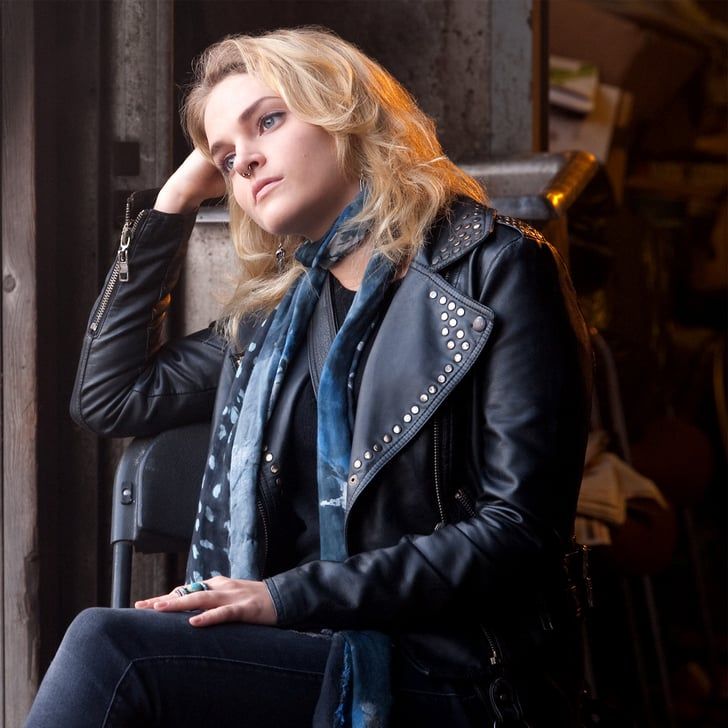The first time I saw Madeline Brewer was in Hemlock Grove, a television series which was essentially about a homoerotic relationship between a vampire and a werewolf. Brewer didn’t actually play a mythical creature on the show but she did have a threesome with the vampire and the werewolf.
I will be entirely honest here: I didn’t like Brewer on the show. Probably because the character was nasty, but it also felt as if she was given little to do other than to have a threesome and therefore be the catalyst for yet more sexual tension.
The next time I saw her, years later, she was having her eye gauged out on Handmaid’s Tale.
Madeline Brewer may only be 26, but already she has built herself a reputation for bringing life and sympathy to generally flawed women in violent and dark situations.
Brewer is on her way to becoming this generation’s scream queen.
The term “scream queen”, throughout the years has come to be associated with actresses portraying the woman in the horror film, who manages to escape the monster or serial killer, or whichever villain is stalking her and killing off her friends.
Generally, the scream queen is a damsel in distress who spends the majority of the movie running up staircases, er, screaming. She is the vestal virgin, the good girl who deserves the survive the film while her sexually active friends all perish.
Remind me never to hang out in a haunted house.
Recently, Brewer starred in Netflix‘s Cam, a horror film about a bratty sex worker being stalked by an unknowable, internet entity. In this film, she was everything the scream queen is not supposed to be. She is sexually open, she is tough, she is bitchy, and she confronts the monster head on by becoming an even more terrifying monster.
At the end of the film, the choice she makes is akin to if the main character in a horror film decided to not only return to the haunted house but set up camp and live there.
Madeline Brewer‘s type of scream queen is not immediately likable, but we can’t help rooting for her anyway because there is something admirable in the way her characters refuse to be cowed by the situations they find themselves in. They are three dimensional with plenty of character flaws of their own, which ends up making them all too relatable to the viewer. It’s also refreshing that being an imperfect woman doesn’t equal a death sentence in these films.
Recently I watched Brewer in the supremely underrated indie film Braid, in which she plays the sort of wealthy, eccentric shut-in usually associated with Joan Crawford or Rooney Mara. Brewer spends the film speaking softly and carving up women’s faces while dressed in immaculate lace frocks. Surprisingly she isn’t even the main villain, nor is she the craziest character featured.
I found myself loving the awful, mostly irredeemable character and I couldn’t help but think back to my hatred of her Hemlock Grove role. Looking back, I realize that I disliked this character for the very reasons that I now believe make Brewer such an ideal scream queen. She’s imperfect, she’s annoying at times. She’s human, not a porcelain doll cast more for aesthetics than for story-telling.
Brewer does scream, and she screams well. The difference is, when Brewer screams, she comes back with a carving wrench, and that wrench is always put to bloody good use.













